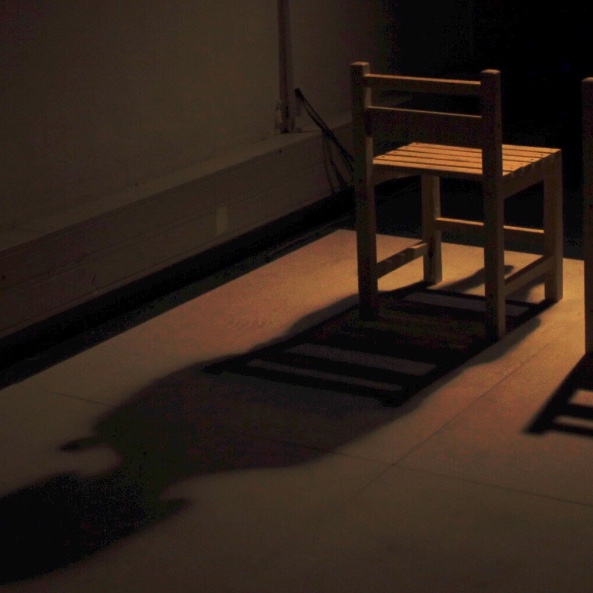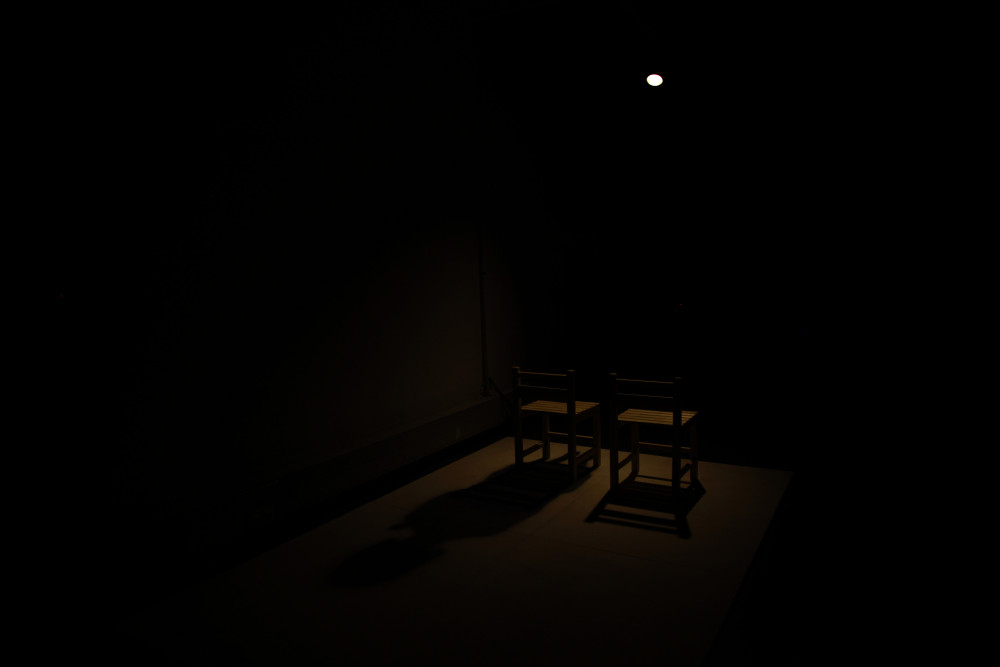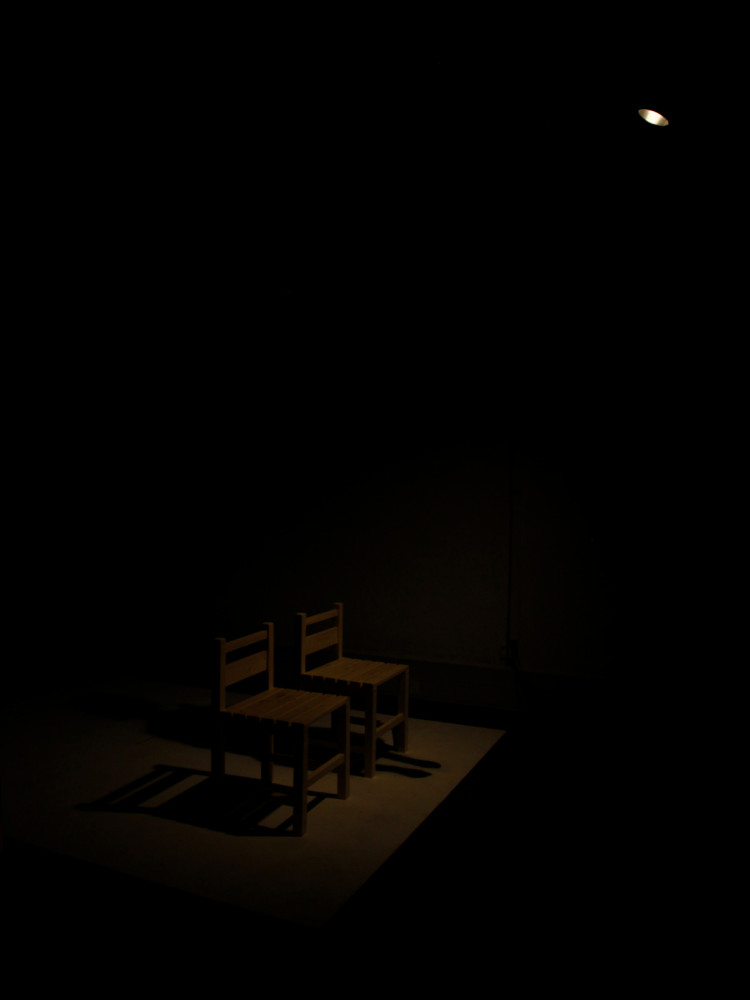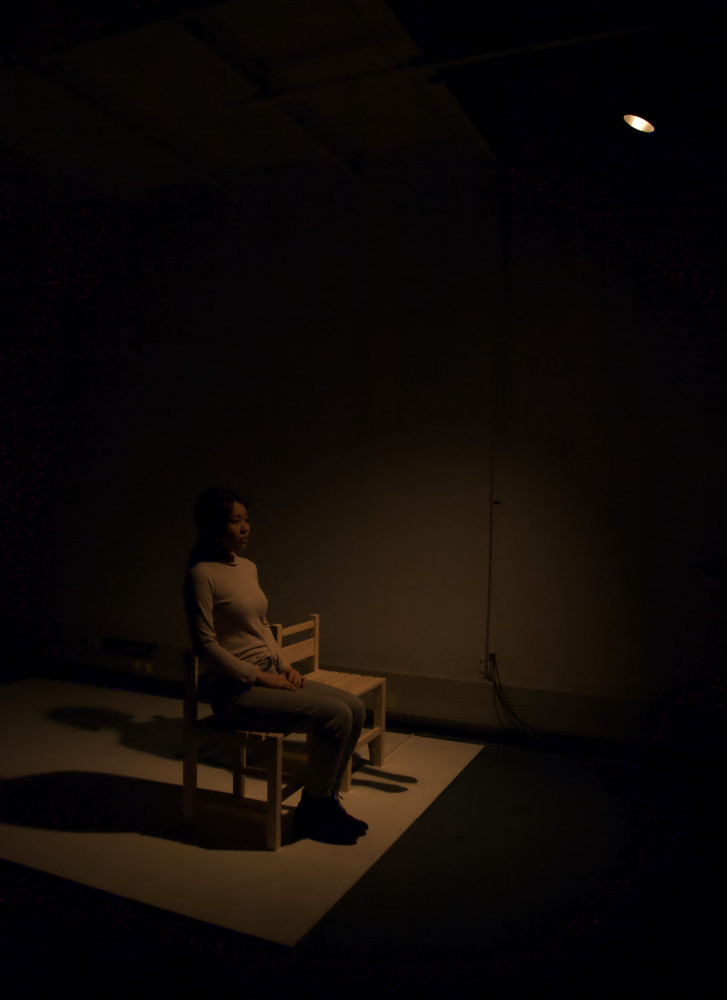Hibiki Ishijima
Born and grew up in Tokyo, Japan. She completed graduate school at Tama Art University, Department of Information Design(M.F.A.).
She is interested in relationships between human beings and artificial things, exploring phenomena that might affect perception and communication.

In Between
New Wilderness (Course) — Summer 2021

In Between
Island of things — Summer 2021

Inner Flame
Unstable Objects (Short-term Project) — Summer 2020

Now You Are Watching A Stream_01
Expanding Spaces — Summer 2020

Statue of P̶e̶a̶c̶e̶
Media Minimalism — Winter 2019

Sweet Bubble
Concretely Unimaginable — Winter 2020

UNTIL
Convergence — Winter 2020

WE WILL NOT BE SILENT / 私たちは黙らない
Carte Blanche — Summer 2022
Hibiki Ishijima — Statue of P̶e̶a̶c̶e̶
Media Minimalism — Winter 2019
Comfort Women were the victims of sexual slavery by the Japanese military during WWⅡ. Almost all victims were teenagers or even pre-adolescents when they were forcing to be military prostitutes. The military brothels were being operated from around 1932, the year during Mukden Incident, until the end of WWⅡ. The majority of the victims were Korean women. Unfortunately not only Korean, but also Filipino, Chinese, Taiwanese, Malaysian, Thai, Burmese, Indonesian, Indian, East Timorese, Eurasian, Dutch and French also became victims.
In 2019, an art piece “Statue of Peace”, created by Kim Seo Kyung and Kim Eun Sung, representing Comfort Women was exhibited in “After ‘Freedom of Expression?”, a part of Aichi Triennale, a big international contemporary art festival in Japan. Only 3 days after the opening, the exhibition was closed, it is said that countless claims and terrorism threats about the statue became one big reason of the shutdown. In spite of a lot of women sharing their stories until now, there are lots of people who are still in denial of the historical issue.
This installation work was inspired by “Statue of Peace”.
The two chairs were created the same size as the original statue. The right chair, that a woman statue is supposed to be seated, is empty but the seat is warm as body temperature, as if someone has been sitting on it. Instead of the woman statue, people can see a shadow of the woman statue behind the right chair.
This artwork represents two absences, the absence of the statue in Aichi Trienniale and the absence of Comfort women from history.
Even if the statue is censored, we can still see it.
Even if their history is forgotten, the presence of the victims will be felt as you sit on the chair.


